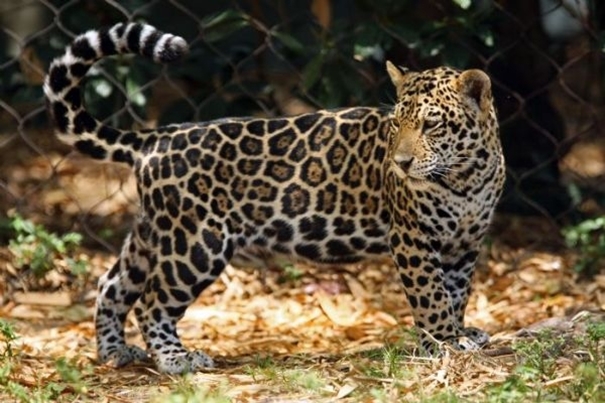The Wild Life of a Jaguar Cub
The Motherly Instinct
There is absolutely no chance of spotting a cub younger than three months old, as they remain hidden away in the den while their mothers go out on the hunt. The cubs can't even see the world around them until they are two weeks old and at this point they are still extremely vulnerable. However, naturally, the mother protects her offspring with a fierce passion.
It is quite possible you'll see a mother on the search for food for her family during a Jaguar safari. They might hunt for fish, lizards or small boars to take back to the den for the cubs. When the cubs are a little older, the mother may even inflict serious wounds upon prey, without killing it, before encouraging the cubs to practise their hunting skills.
Spotting the Brave Young Cubs
You will stand an improved chance of seeing cubs aged around 10 months as they start to go out on hunts with their mothers. They develop the ability to remain stealthy, climb trees and swim during this period, and it is absolutely essential for them to master these skills before they can become truly independent.
While the cubs are not yet as sturdy as their mothers, these seemingly cute animals are quite ferocious. They already have an extremely powerful bite and claws that can rip into their prey. They will continue to grow until they are a couple of years old and by this point they will weigh as much as 160kg, measure upwards of 1.5m from nose to tail, and be able to sprint at speeds in excess of 40mph.
Identifying Mature Animals
When they do reach maturity, the Jaguars will embark into the jungle to establish their own patch of territory. They will come into contact with others during the mating period and when attempting to assert their dominance. It is these fully-grown big cats you will have the best chance of sighting on a Jaguar safari, as they go about the business of stalking prey or sunning themselves on the riverbanks.
Marissa Ellis-Snow is a freelance nature writer. If you’re looking for a Jaguar safari, Naturetrek specialises in expert-led natural history and wildlife tours worldwide. Naturetrek brings over 25 years of experience to wildlife tours in some of the most spectacular regions on Earth. http://www.amazines.com/

